2003 Ferrari Enzo Coachwork by Pininfarina Chassis no. ZFFCW56A130134594 •The penultimate Enzo of the 400 produced •21km from new •Last serviced in 2016 by Modena Cars, Geneva (CHF 79,317) •One of the nicest we have seen Fußnoten "In 1999 we won the manufacturers' championship; in 2000 we added the drivers' championship for the first time in 21 years. We won the last championship of the 20th Century, and the first of the 21st Century. I wanted to celebrate this with a car very much like a Formula 1. After honouring Modena and Maranello, we felt this was the right car to honour the name of our founder." – Luca di Montezemolo, President of Ferrari. Fortuitously, the Enzo's announcement in mid-summer 2002 coincided with Michael Schumacher clinching that year's Formula 1 drivers' championship for Ferrari, his third in a row for the Italian manufacturer. Indeed, the German superstar had been instrumental in the Enzo's development, contributing much valuable input to the refinement of its driving manners. Formula 1-derived technology abounded in the Enzo. Its electro-hydraulic six-speed manual transmission had already been seen in other Ferraris and was further refined, changing ratios in a lightning-fast 150 milliseconds, while the steering wheel with its plethora of buttons, lights and switches was guaranteed to make any F1 driver feel at home. Carbon brake discs had been standard F1 equipment for many years, but the Enzo's carbon-ceramic rotors represented a 'first' for a production road car. Double wishbone suspension, or variations thereof, is to be found on virtually every modern supercar, but the Enzo's incorporated pushrod-operated shock absorbers all round, just like a racing car's. In one important respect Ferrari's new sports car was superior to its F1 cousin, incorporating Skyhook adaptive suspension, a type of technology banned from the racetrack since the late 1990s. Constructed entirely from carbon fibre and Kevlar, the monocoque chassis tub was immensely stiff, a necessary requirement of the adaptive suspension. It may not look like a Formula 1 car but the Enzo benefited from aerodynamic developments made in motor sport's premier category, enabling it to dispense with the rear wing of its F40 and F50 predecessors, employing a state-of-the-art under-body diffuser instead. Harking back to another landmark Ferrari - a Group 5 sports-racer this time - the doors opened upwards and forwards, just like those of the Tipo 512 of 1970. Although not as stark as that of an out-and-out competition car, the Enzo's interior was more functional than that of previous Ferrari road cars, boasting a mix of red leather trim and carbon-fibre panelling. There was not even a stereo system, the (optional) air conditioning being just about the only concession to creature comforts. The heart of any car though, and especially of a Ferrari, is its engine; that of the Enzo being a 60-degree V12, a configuration long associated with the Italian marque and so the natural choice for a model bearing the name of the company's founder. Deploying four valves per cylinder, variable valve timing, and variable length intake trumpets (the latter another Formula 1 spin-off) this 6.0-litre unit produced a mighty 660bhp, 33 horsepower more than its BMW-powered McLaren F1 rival. Unleashing all this power in a straight line produced acceleration figures of 0-100km/h (62mph) in a little over 3.5 seconds, with 200km/h (124mph) achievable in 9.5 seconds. Yet applying the brakes hard enough could bring the Enzo back to a standstill in only an additional 5.7 seconds - impressive stuff. The top speed? A little over 350km/h (218mph). Hitherto, Ferrari had shied away from providing 'driver aids' on this type of car but perhaps not surprisingly given this level of performance, opted to fit traction control, anti-lock brakes, and power-assisted steering to the Enzo. A mere 349 examples of this 'legend in the making' were scheduled for production at a price of around $650,
2003 Ferrari Enzo Coachwork by Pininfarina Chassis no. ZFFCW56A130134594 •The penultimate Enzo of the 400 produced •21km from new •Last serviced in 2016 by Modena Cars, Geneva (CHF 79,317) •One of the nicest we have seen Fußnoten "In 1999 we won the manufacturers' championship; in 2000 we added the drivers' championship for the first time in 21 years. We won the last championship of the 20th Century, and the first of the 21st Century. I wanted to celebrate this with a car very much like a Formula 1. After honouring Modena and Maranello, we felt this was the right car to honour the name of our founder." – Luca di Montezemolo, President of Ferrari. Fortuitously, the Enzo's announcement in mid-summer 2002 coincided with Michael Schumacher clinching that year's Formula 1 drivers' championship for Ferrari, his third in a row for the Italian manufacturer. Indeed, the German superstar had been instrumental in the Enzo's development, contributing much valuable input to the refinement of its driving manners. Formula 1-derived technology abounded in the Enzo. Its electro-hydraulic six-speed manual transmission had already been seen in other Ferraris and was further refined, changing ratios in a lightning-fast 150 milliseconds, while the steering wheel with its plethora of buttons, lights and switches was guaranteed to make any F1 driver feel at home. Carbon brake discs had been standard F1 equipment for many years, but the Enzo's carbon-ceramic rotors represented a 'first' for a production road car. Double wishbone suspension, or variations thereof, is to be found on virtually every modern supercar, but the Enzo's incorporated pushrod-operated shock absorbers all round, just like a racing car's. In one important respect Ferrari's new sports car was superior to its F1 cousin, incorporating Skyhook adaptive suspension, a type of technology banned from the racetrack since the late 1990s. Constructed entirely from carbon fibre and Kevlar, the monocoque chassis tub was immensely stiff, a necessary requirement of the adaptive suspension. It may not look like a Formula 1 car but the Enzo benefited from aerodynamic developments made in motor sport's premier category, enabling it to dispense with the rear wing of its F40 and F50 predecessors, employing a state-of-the-art under-body diffuser instead. Harking back to another landmark Ferrari - a Group 5 sports-racer this time - the doors opened upwards and forwards, just like those of the Tipo 512 of 1970. Although not as stark as that of an out-and-out competition car, the Enzo's interior was more functional than that of previous Ferrari road cars, boasting a mix of red leather trim and carbon-fibre panelling. There was not even a stereo system, the (optional) air conditioning being just about the only concession to creature comforts. The heart of any car though, and especially of a Ferrari, is its engine; that of the Enzo being a 60-degree V12, a configuration long associated with the Italian marque and so the natural choice for a model bearing the name of the company's founder. Deploying four valves per cylinder, variable valve timing, and variable length intake trumpets (the latter another Formula 1 spin-off) this 6.0-litre unit produced a mighty 660bhp, 33 horsepower more than its BMW-powered McLaren F1 rival. Unleashing all this power in a straight line produced acceleration figures of 0-100km/h (62mph) in a little over 3.5 seconds, with 200km/h (124mph) achievable in 9.5 seconds. Yet applying the brakes hard enough could bring the Enzo back to a standstill in only an additional 5.7 seconds - impressive stuff. The top speed? A little over 350km/h (218mph). Hitherto, Ferrari had shied away from providing 'driver aids' on this type of car but perhaps not surprisingly given this level of performance, opted to fit traction control, anti-lock brakes, and power-assisted steering to the Enzo. A mere 349 examples of this 'legend in the making' were scheduled for production at a price of around $650,



.jpg)

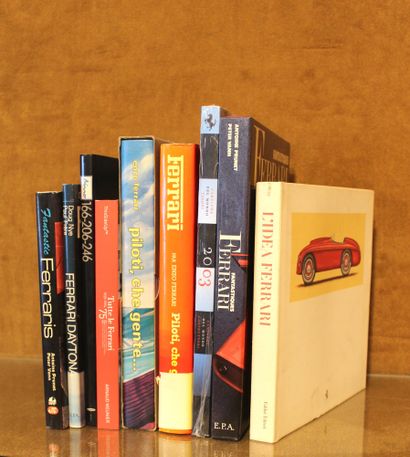
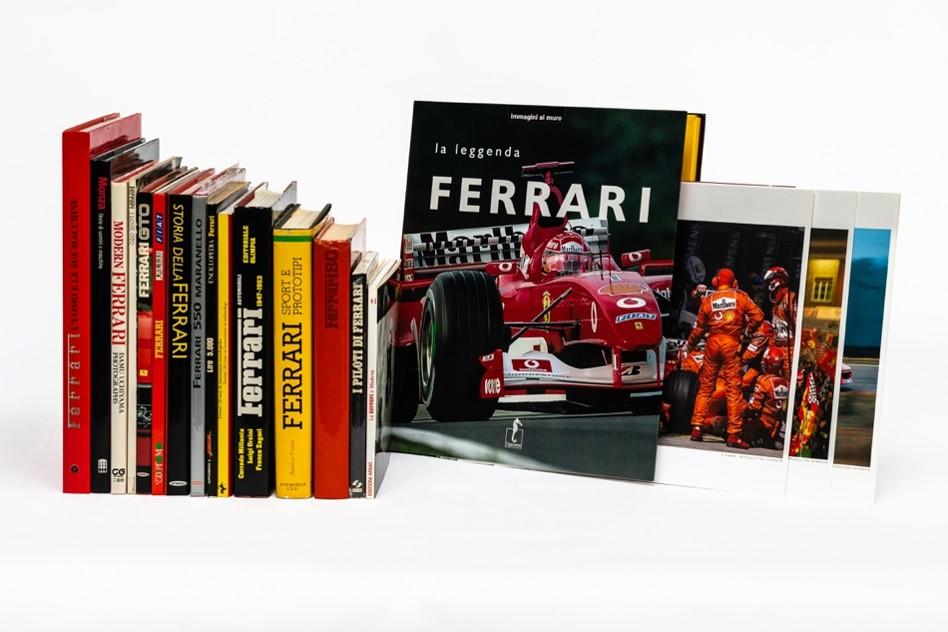

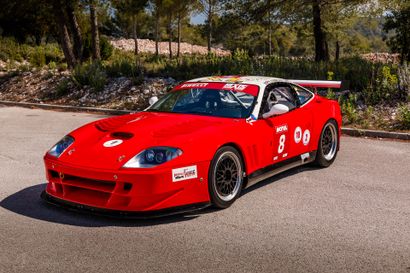

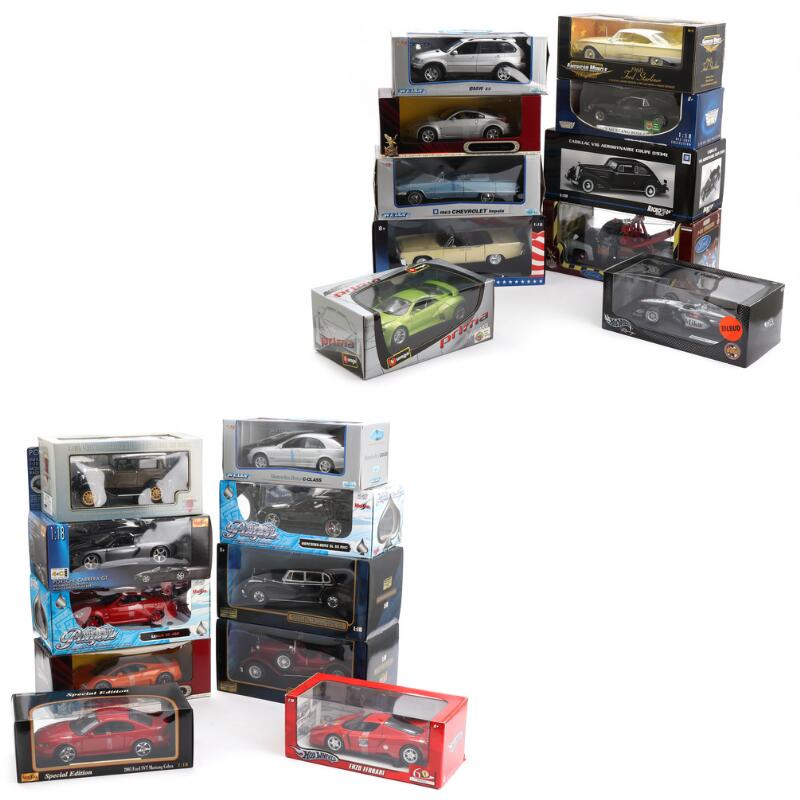


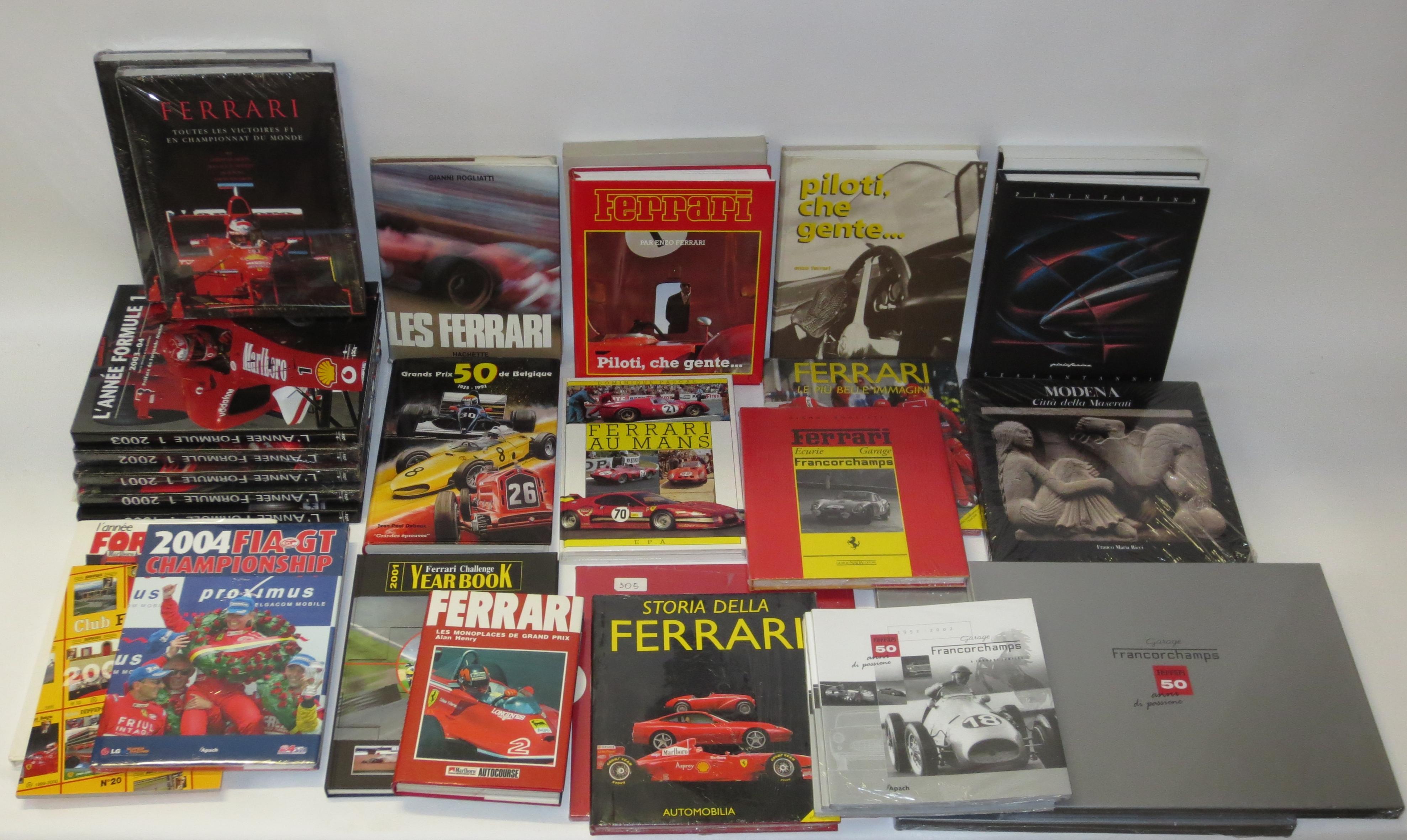
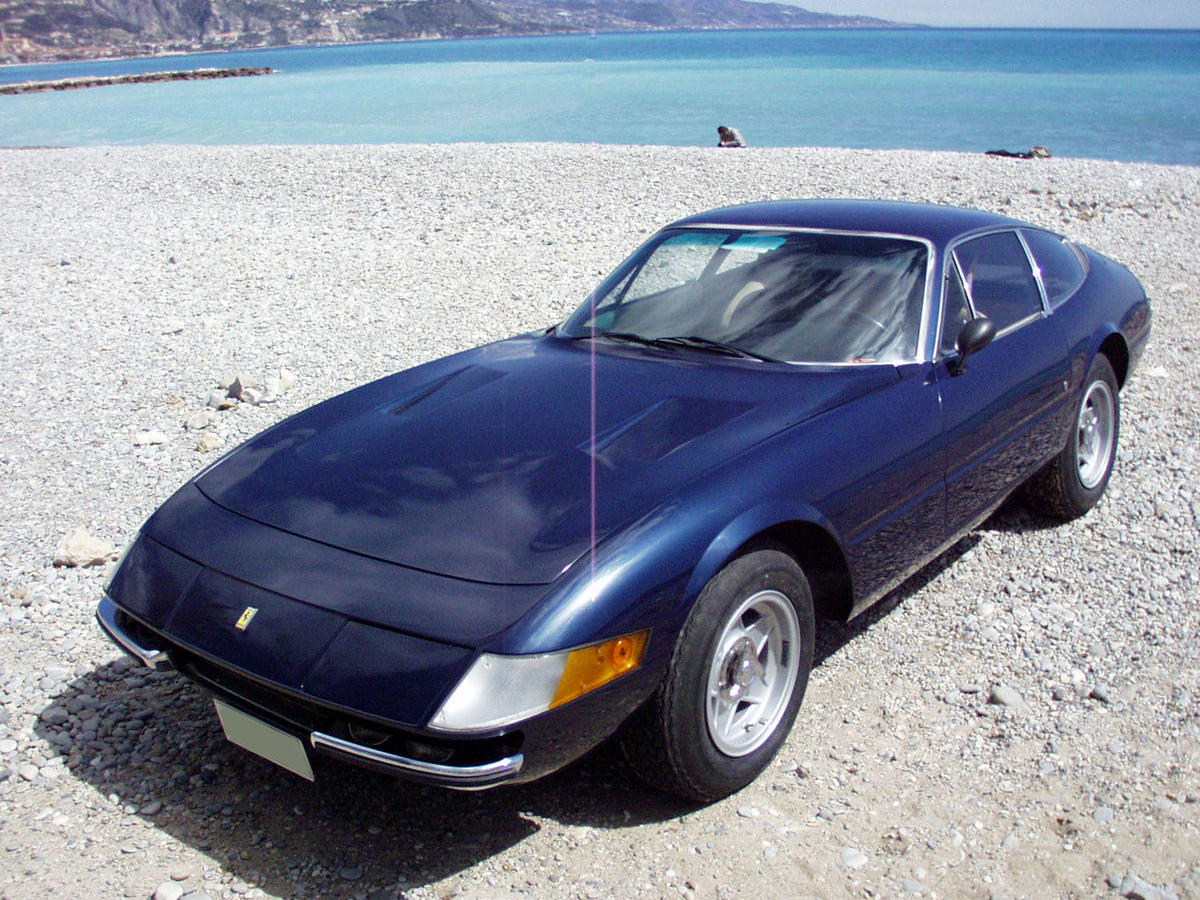
Try LotSearch and its premium features for 7 days - without any costs!
Be notified automatically about new items in upcoming auctions.
Create an alert